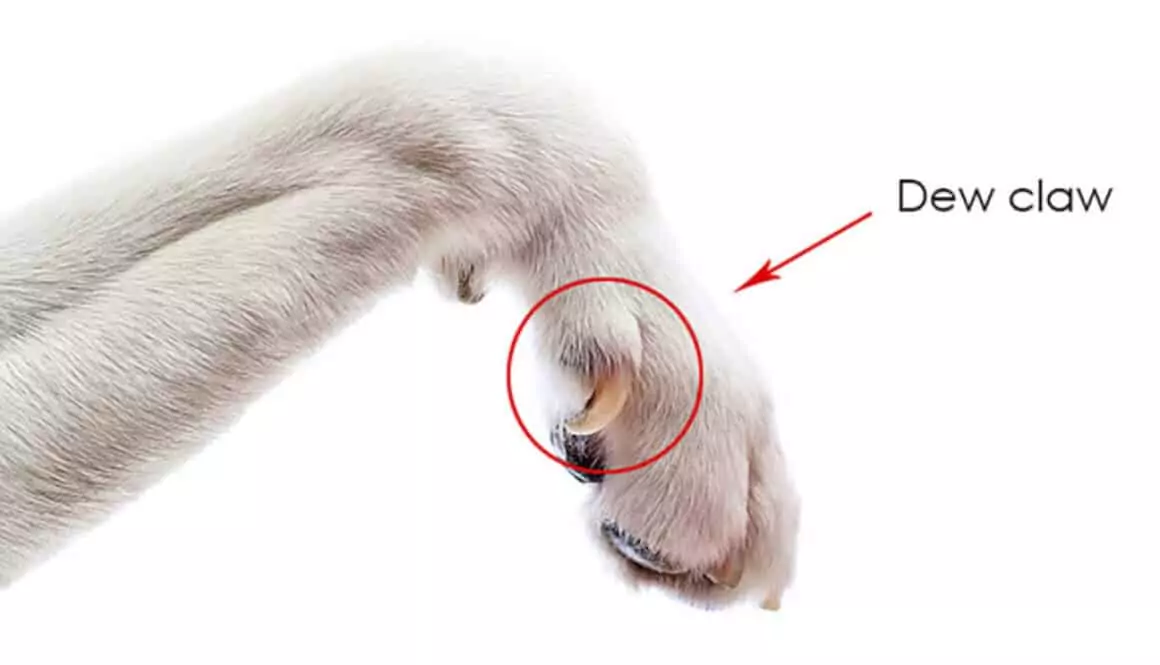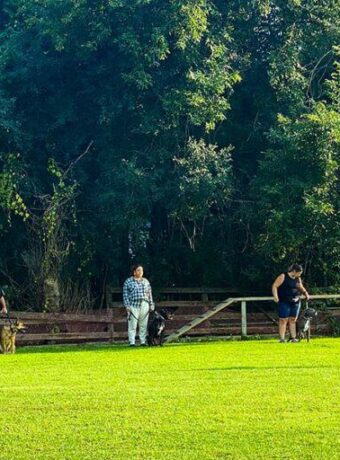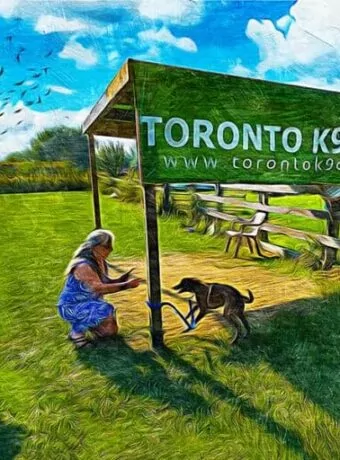Dewclaws – Do Not Remove Part 1

Front Dewclaws – What are Dog Dewclaws for and why do we need to keep them. This article will set one straight on the purpose of a dogs front dewclaws and why they are import. Do not Remove!
There are, unfortunately, many misunderstandings and misconceptions when it comes to our k9 companions. With so many different voices telling us so many different things, it’s really no wonder. What things are good for our pets, what is bad for them? Right ways to do things and wrong ways. What is necessary, what is not, and the most controversial of all, what is humane and what is not. Unfortunately, many owner and breeders alike look at these issues and make a judgement without fully reviewing the facts. Roger Richards Director of Toronto K9 Center realized that everyone should know the truth on Dewclaws, so here we are going to delve into some the real facts on this issue.
The Myth About Front Dewclaws.
Not to be confused with back dew claws (which unlike the fronts, truly do not serve any purpose other than increasing the chance of snagging and tearing) the front dewclaws serve a vital function especially in the working dog.
Imagine, for a moment, you are walking across a frozen lake and suddenly you fall through the ice into the frigid waters. There is no ladder, no rope to help pull yourself out, only cold slick ice. You can put yourself in as ideal a position as you can, twisting and turning, leaning to a fro, digging your nails in as far as they will go. But all you seem to be able to do is struggle, you cannot get a grip and quickly, you begin to tire. Panic. Struggle more. Panic. Struggle even more. What now? You are too tired and too cold to move. If only you had a specific tool from the start that could dig into that ice just enough to give you the grip you needed to pull yourself out. That is a front dewclaw to a dog.
A built in anchor point or hook to aid your dog whether it be climbing out of a frozen pond, a pool or up a steep ledge at the park. Without it all your dog can do is twist and turn and struggle with all their might (and they will) but all you both can do is hope they might get the right grip to pull themselves up eventually.
Unlike humans who can curl the tips of our fingers drastically inwards without much effort, dogs do to have the vast range of joint movement. So without front dewclaws the dog must exert more force to curl in their toes far more dramatically than natural, putting strain on joints and muscles. This means more stress on the wrist and can possible lead from anywhere from mild, moderate to severe damage and injury, especially with a panicked dog’s thrashing.
Yes, we understand that perhaps you don’t live in Toronto like we do and don’t have a chance to venture near frozen lakes and rivers in winter, and maybe your dog is a “house pet” and doesn’t have any icy lakes to fall through or steep inclines to fall off of. But one day you and your dog may end up in an unusual environment while traveling or visiting friends. The same dew claws that would help your dog climb up on the ice will help it to climb out of crevice should he fall into it, or a swimming pool if it were to fall in and never had training to use the steps to get out. You never know where you and your pet may go so isn’t is better to be safe than sorry. Whether or not your dog has it’s front dewclaws can mean the difference between a quickly resolved incident and an emergency situation.
Another myth many believe concerning the dewclaw is that it will only end up causing unnecessary and avoidable injury such as the risk of it snagging and ripping causing much pain and bleeding. However, like with any tool these incidences can be avoided by proper upkeep of the nail. As explain the video below, the dew claw does not need to be razor sharp and long to be effective. A simple date with the nail clippers at home or a trip to the groomers regularly can effectively keep the nails short and safe.
So before automatically relenting to the hearsay, ask questions, do your research, look at ALL the facts. It could mean a lot to both you and your dog.
Check out our second article and video on Dewclaws : Dewclaws – Do Not Remove Part II


